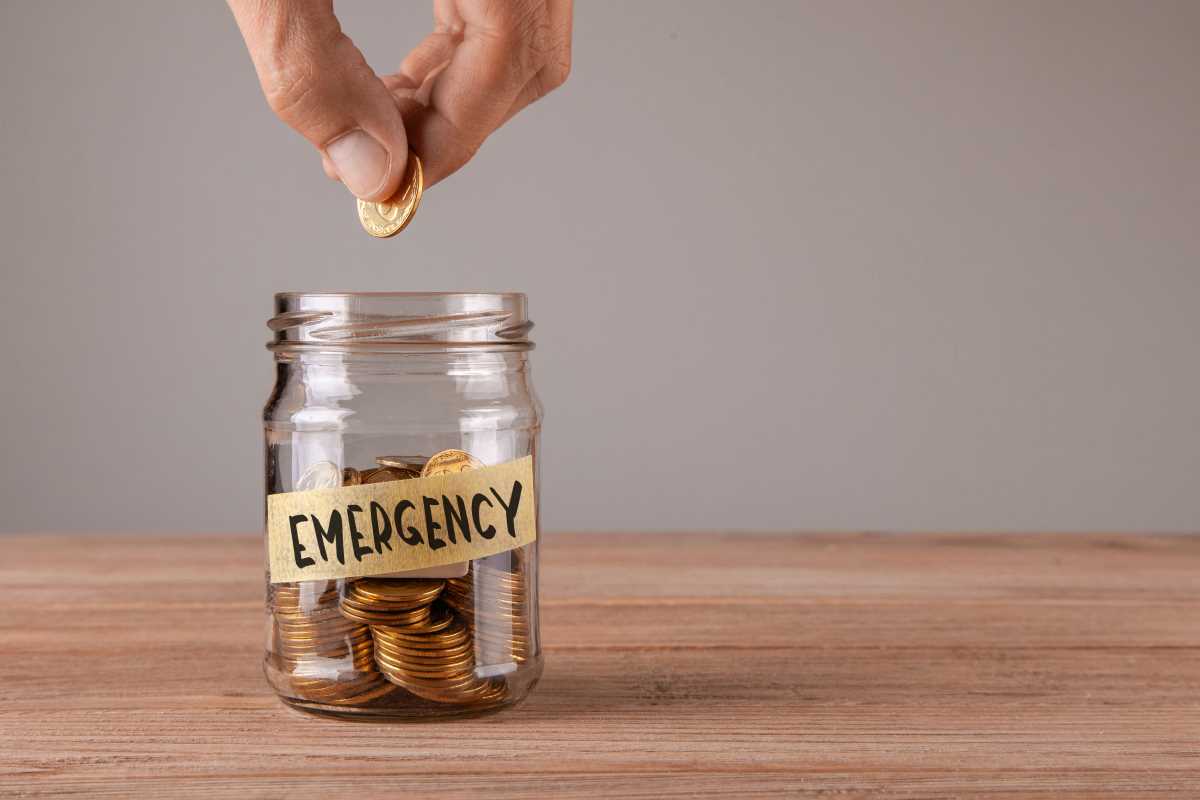Balancing finances often challenges even the most organized among us, but discovering a sense of calm in money matters can bring real satisfaction and confidence. Understanding the connection between what you spend, what you save, and your individual goals adds clarity to daily decisions. Paying bills thoughtfully and finding creative ways to manage routine expenses can turn ordinary transactions into acts that support your happiness and security. With each purposeful choice, you lay the groundwork for bigger dreams, whether that means planning an exciting trip or making improvements to your living space. Every step you take toward financial clarity puts meaningful goals within reach.
Ways to Improve Your Relationship with Money
Viewing income and outgo through a lens of personal growth shifts simple bookkeeping into a daily practice that supports emotional wellness. By understanding how each dollar reflects your priorities, you turn budgeting into a reflective habit rather than a chore. This attitude bridges practical needs with personal dreams, making each financial decision feel more connected to what matters most.
Adopting rituals—like reviewing accounts while enjoying a soothing drink or pairing expense tracking with a moment of gratitude—transforms routine reviews into uplifting pauses. You discover creative ways to streamline spending, such as swapping subscriptions you rarely use for library resources or community events that enrich life without added costs. These small adjustments create space for savings to grow steadily.
Practical Steps to Care for Your Wallet
- Automated Savings Loop
- Purpose: Build an emergency cushion effortlessly.
- Steps:
- Open a separate savings account labeled Rainy Day.
- Set automatic transfers of 5–10% of income on payday.
- Review and raise transfer amounts quarterly as income grows.
- Cost: Typically free via most banks.
- Pro tip: Sync transfers with bill cycles to avoid overdraft fees.
- Priority Spending Map
- Purpose: Align spending with personal values (e.g., wellness, creativity, skill-building).
- Steps:
- Write down your top three life goals.
- Assign each recurring expense to a goal—or cut it if unnecessary.
- Adjust your budget to prioritize high-value categories first.
- Tools: Printable templates on budgeting blogs.
- Tip: Track progress with colored stickers on physical calendars.
- Micro-Invest Habit
- Purpose: Grow wealth through small, consistent investments.
- Steps:
- Choose a low-fee micro-investing platform.
- Activate a round-up feature to invest spare change.
- Review monthly and shift funds to top-performing sectors.
- Cost: Many apps cost <$2/month.
- Tip: Reinvest dividends automatically to maximize returns.
- Expense Audit Ritual
- Purpose: Free up funds tied to forgotten fees and unused subscriptions.
- Steps:
- Download past three months of statements.
- Highlight subscriptions used fewer than two times.
- Cancel or replace with cheaper alternatives.
- Cost: Only your time.
- Tip: Schedule quarterly reminders to stay consistent.
- Goal-Focused Reward Fund
- Purpose: Stay motivated for long-term savings by rewarding milestones.
- Steps:
- Pick a reward category (e.g., special dinner).
- Define a milestone (e.g., save $500).
- Transfer a fixed % of income weekly until the goal is reached.
- Tip: Plan rewards around seasonal deals or holiday sales for added value.
Making Financial Care a Part of Your Daily Routine
Dedicate a few minutes each day to reviewing spending and marking transactions in a way that feels personal and engaging. Pair these check-ins with small rituals, like tea or candles, to make money management enjoyable. By treating financial care as self-care, you build consistent habits that support long-term stability. Each intentional step strengthens your confidence and fuels steady growth.
 (Image via
(Image via





